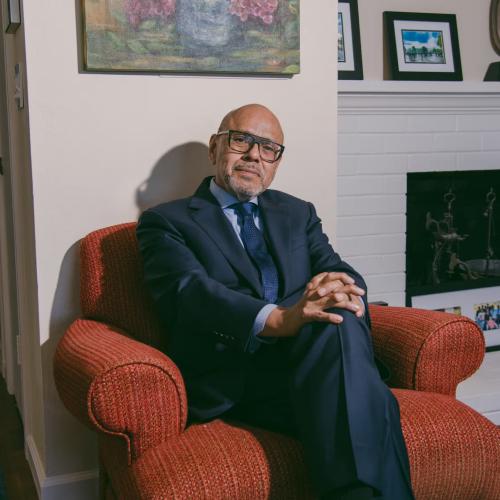Related Stories
Solar Energy, All Night Long
Key Excerpts from Article on Website of Forbes Magazine
Posted: November 29th, 2010
http://www.forbes.com/2008/07/30/nocera-solar-power-biz-ener...
MIT professor Daniel G. Nocera has long been jealous of plants. He desperately wanted to do what they do--split water into hydrogen and oxygen and use the products to do work. That, he figures, is the only way we humans can solve our energy problems; enough energy pours down from the sun in one hour to power the planet's energy needs for a year. Nocera's discovery [is] a cheap and easy way to store energy that he thinks will be used to change solar power into a mainstream energy source. Plants catch light and turn it into an electric current, then use that energy to excite catalysts that split water into hydrogen and oxygen during what is called photosynthesis' light cycle. The energy is then used during the dark cycle to allow the plant to build sugars used for growth and energy storage. Nocera and Matthew Kanan, a postdoctoral fellow in Nocera's lab, focused on the water-splitting part of photosynthesis. They found cheap and simple catalysts that did a remarkably good job. They dissolved cobalt and phosphate in water and then zapped it with electricity through an electrode. The cobalt and phosphate form a thin-film catalyst around the electrode that then use electrons from the electrode to split the oxygen from water. The oxygen bubbles to the surface, leaving a proton behind. A few inches away, another catalyst, platinum, helps that bare proton become hydrogen. The hydrogen and oxygen, separated and on-hand, can be used to power a fuel cell whenever energy is needed.
Note: This amazing breakthrough resulted in a $4 million government grant for further development. For more, click here and here.
Related Stories
Latest News
Key News Articles from Years Past











































































